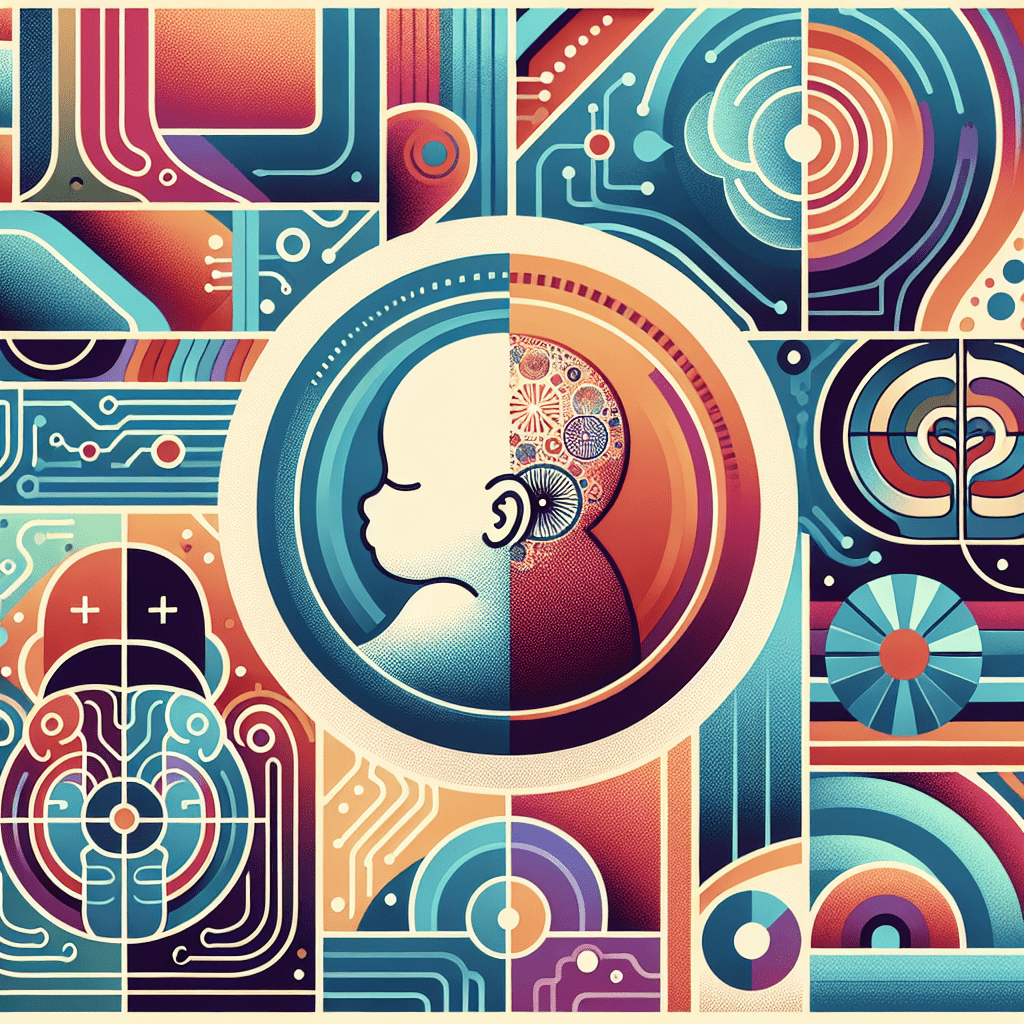— Introduction: Peeking Into the Infant Mind Have you ever wondered why some babies seem to gurgle happily while others wail at the slightest provocation? It’s an age-old question that intrigues parents and psychologists alike: what shapes an infant’s temperament? Recent research, such as the study titled Prefrontal Asymmetry and Parent-Rated Temperament in Infants, seeks […]
Tag: Bioassays and physiological analysis
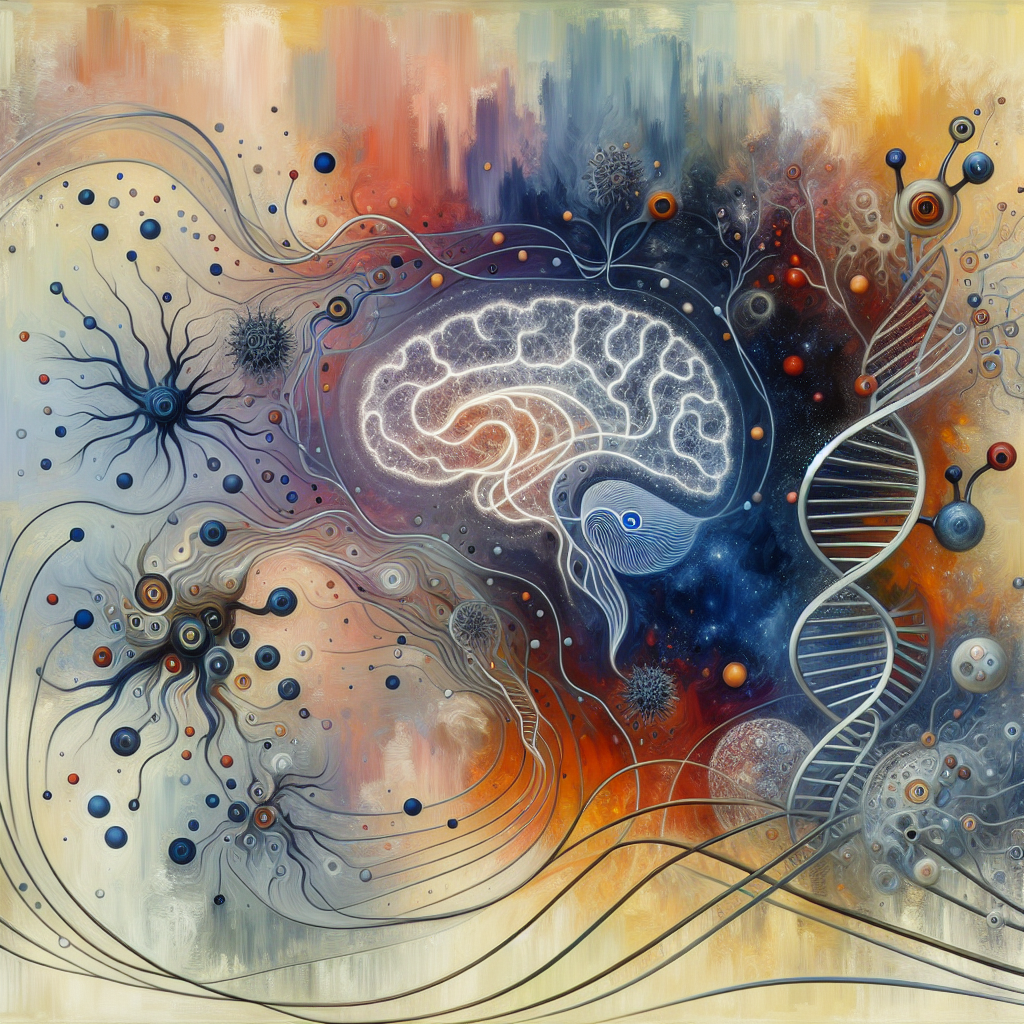
Exploring the Molecular Blueprint of the Mind: A Journey into MicroRNA’s Role in Brain Function**
Introduction: Mapping the Tiny Architects of the Mind Imagine how different you might feel, think, or remember if even the tiniest molecules in your brain subtly shifted their roles. Working silently behind the scenes, these microscopic builders help shape your brain’s architecture, influencing how you experience the world. This article explores an insightful research paper, […]
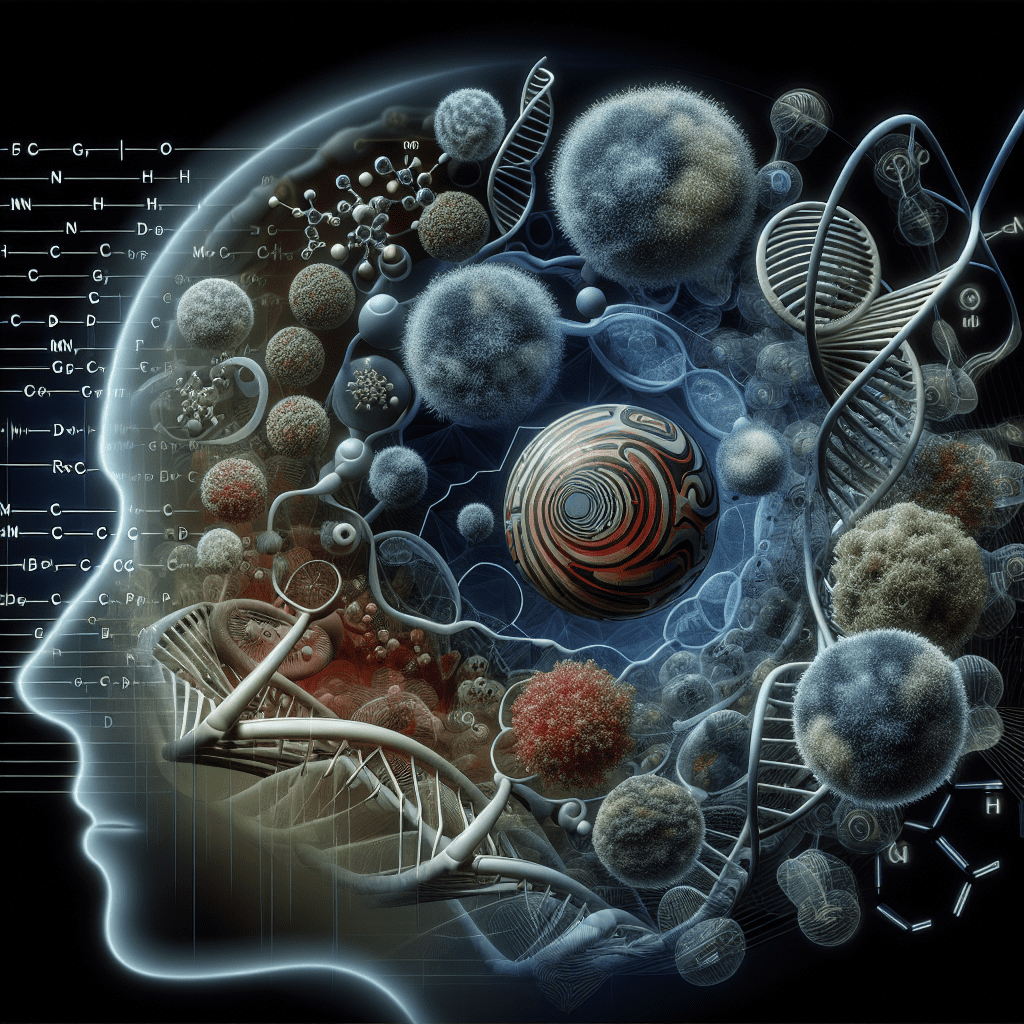
Discovering the Dance of Genes: Unraveling the Role of MYCN and MeCP2 in Childhood Cancer
Introduction Imagine unlocking a mystery hidden within the smallest building blocks of life. A pursuit that delves deep into the genetic maze, unveiling secrets that could alter the very fabric of healthcare as we know it. This is not a premise for a sci-fi film but an exhilarating reality for researchers exploring the genetic landscape […]

Cracking the Code: How Blocking a Single Receptor Can Transform Memory
Introduction Imagine our brains as bustling cities—a complex network of roads where signals zip back and forth at breakneck speeds. But what if I told you there are certain roads—endorphins and neurotransmitters—that, if blocked or unblocked, could change the way you navigate through life’s busy avenues? This intriguing notion is at the heart of a […]
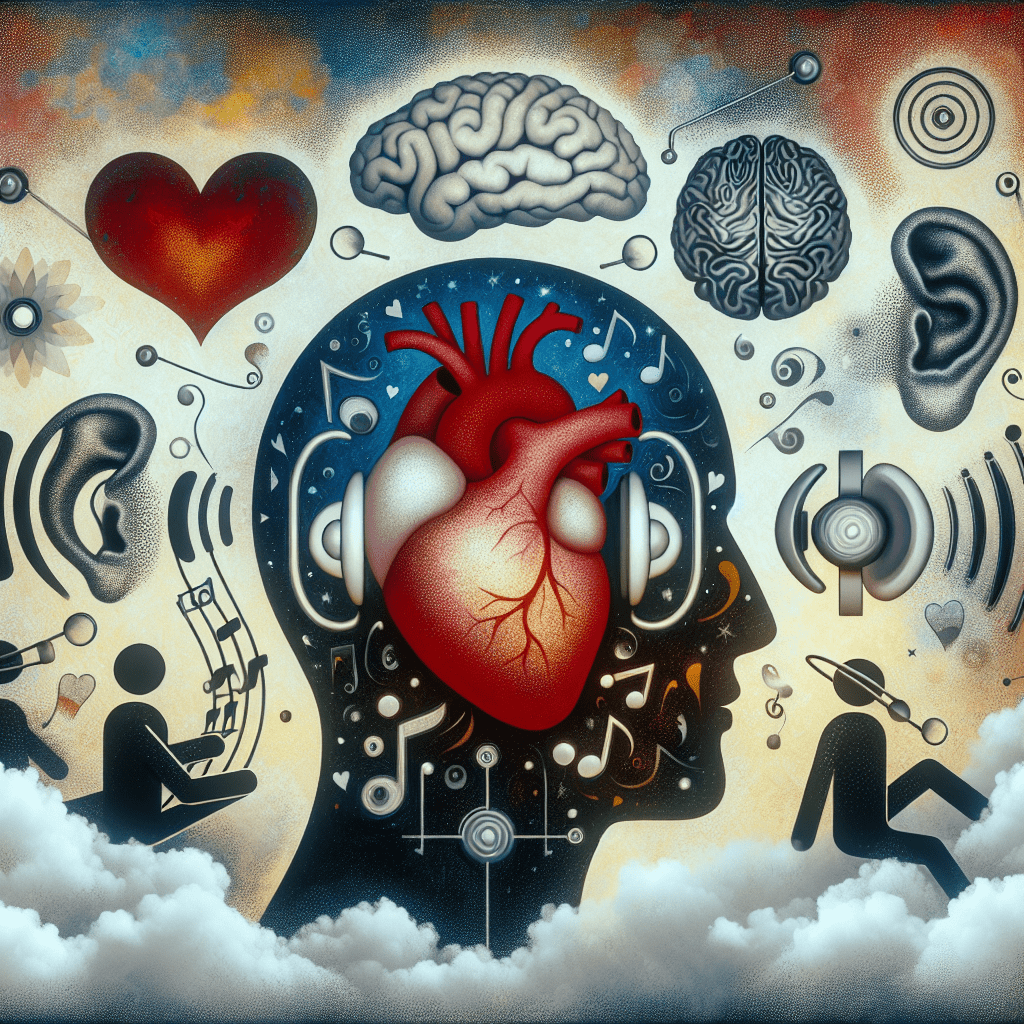
Decoding Emotions: What Music and Speech Reveal About Our Emotional Blind Spots
— Introduction Imagine standing at the intersection of a bustling city, surrounded by a symphony of sounds—the honking of cars, the chatter of pedestrians, the distant wail of a siren. But for some, these sounds might as well be a foreign language. Welcome to the world of alexithymia, a condition that complicates the already intricate […]
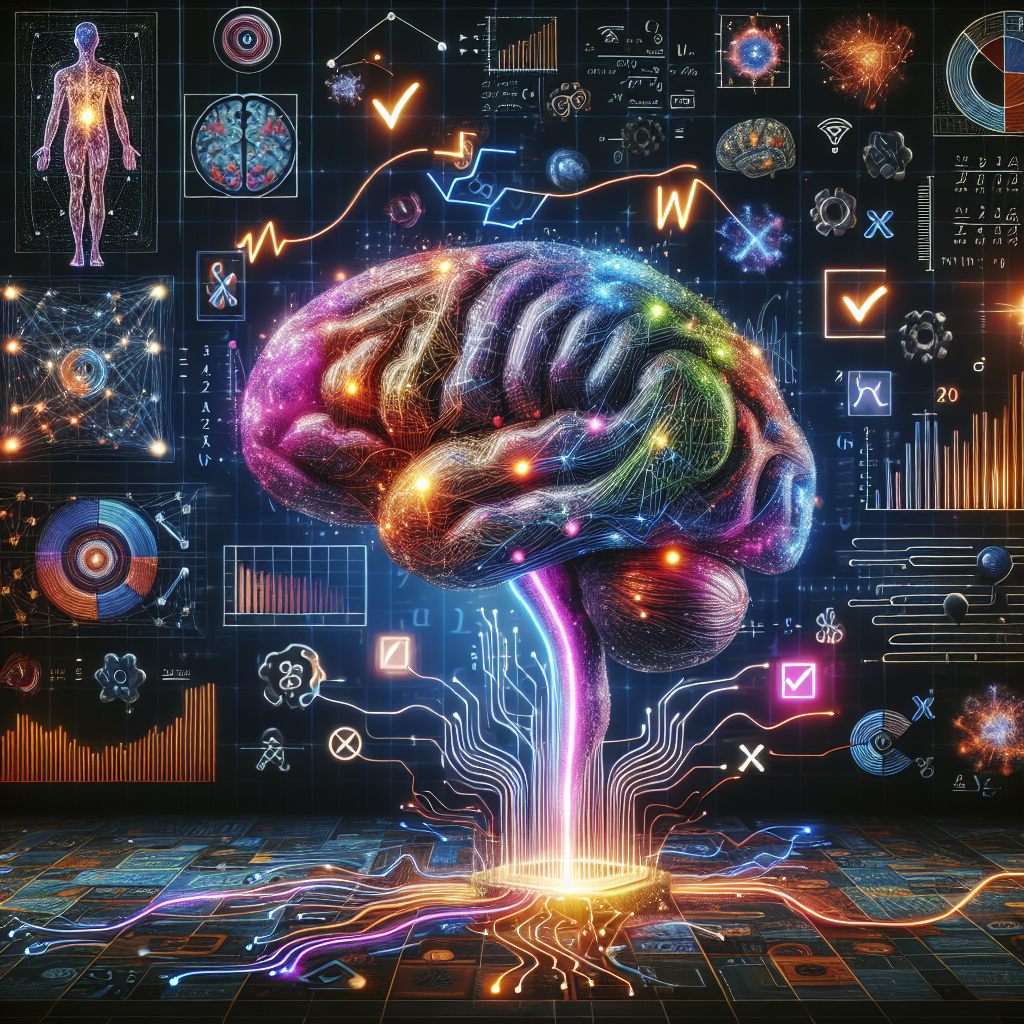
Uncovering the Neural Code: How Our Brains Catch Mistakes
Introduction Ever wondered what really happens in your brain when you make a mistake? Imagine speeding down the highway, and as you proceed to change lanes, you suddenly realize there’s a car already there – you’ve made an error. But before your hands can even react, your brain has already kicked into gear, working behind […]
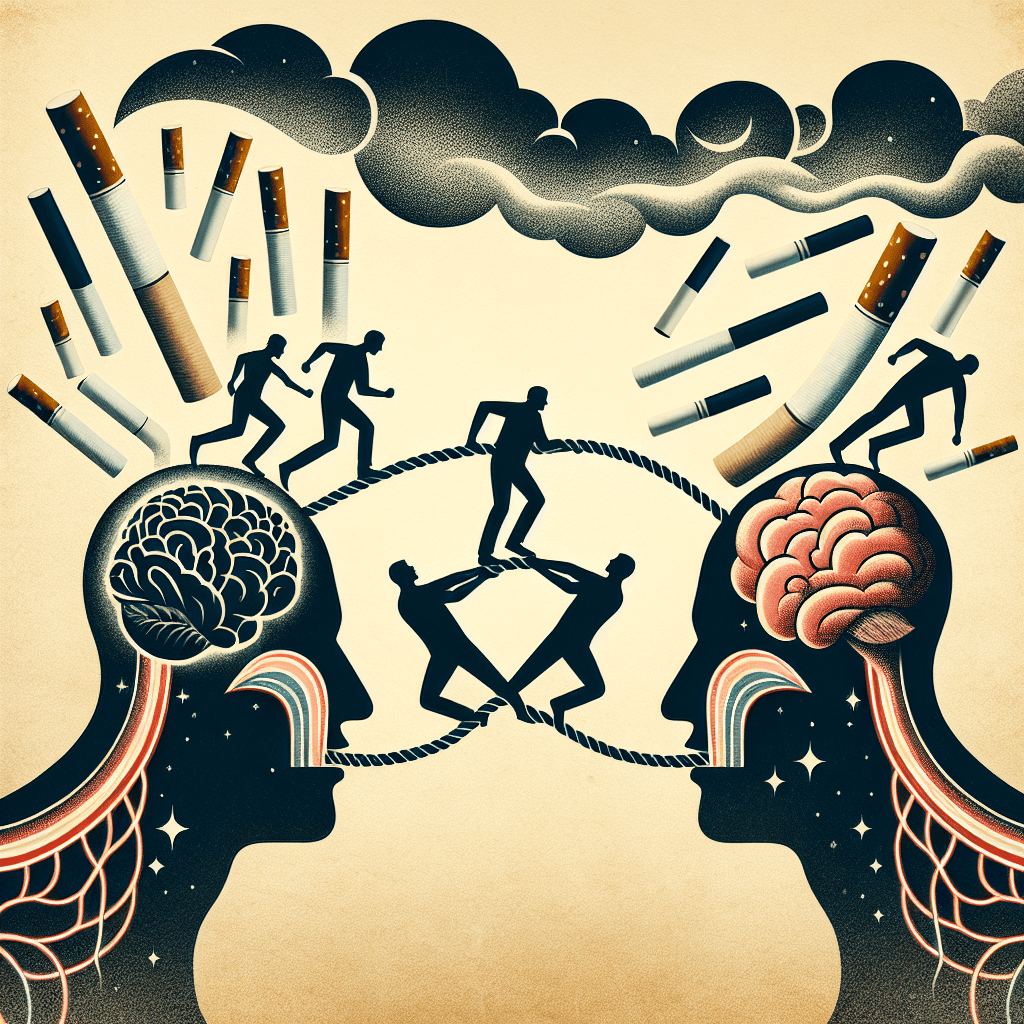
The Invisible Tug-of-War: Understanding Why Smokers Struggle with Self-Control
Introduction: The Battle Begins Within Imagine a world where every decision you make is a small battle—a tug-of-war between what you want to do and what you know you should do. For smokers, this internal conflict can feel relentless. They might want to quit smoking, knowing the health risks, yet often find themselves lighting another […]

When Stress Warps Our Ears: The Surprising Link between Acute Stress and Auditory Attention
Introduction: Have you ever noticed how your mind races during stressful moments? Your heart might beat faster, hands could get sweaty, but have you ever thought about how stress might affect your hearing? It turns out, the way we hear and pay attention to sounds around us can be dramatically altered when we’re under acute […]

The Brain’s Symphony: Understanding Attention and ADHD Through EEG Waves
## Introduction Imagine your brain as an orchestra, constantly playing a symphony of electrical signals. These signals, or brain waves, play across various frequencies, just like musicians tuning instruments. Now, imagine if one section suddenly played out of sync. Could this be the case for individuals with ADHD, a condition marked by attention difficulties and […]

Unlocking New Dimensions in Pain Detection: A Neuro-Imaging Breakthrough**
Introduction: The Eternal Quest to Measure Pain For anyone who has ever felt the searing reality of post-surgical pain, the question persists: can this invisible torment be quantified in an objective way? Traditional pain assessment methods rely heavily on self-reported descriptions, often painting an incomplete picture. But imagine a future where the brain’s own markers […]
